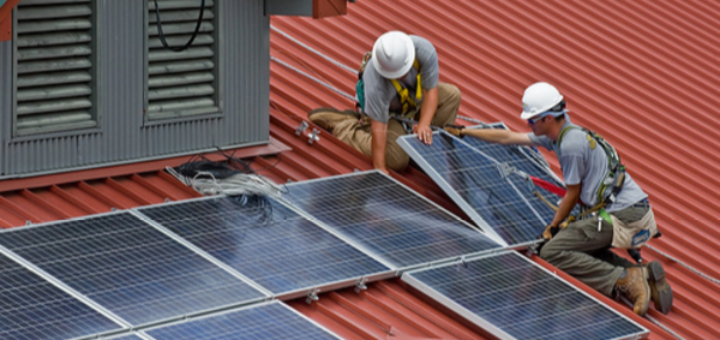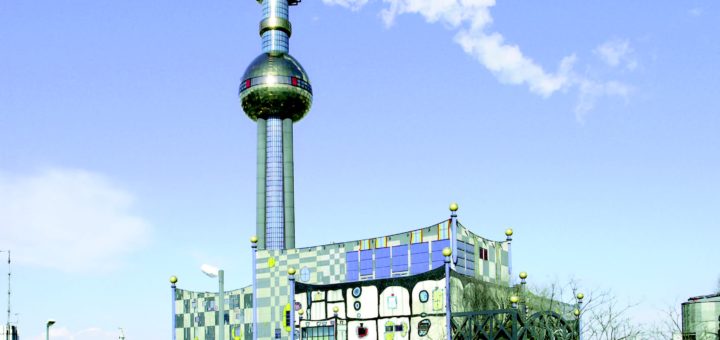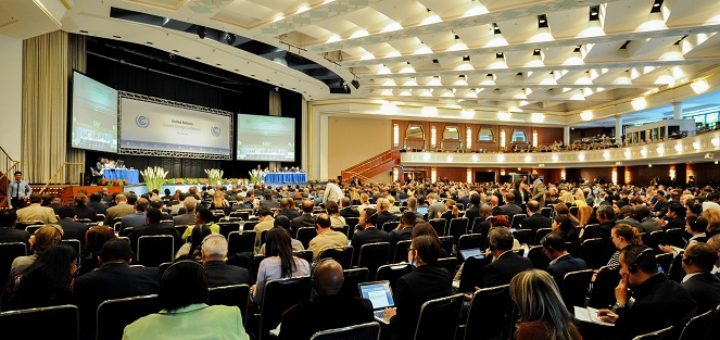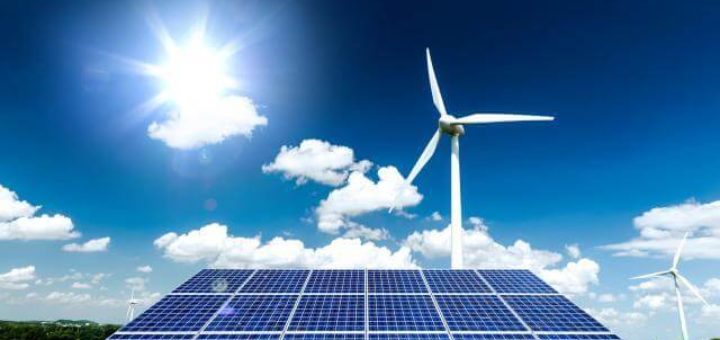Comparing the observed transition pathways in the agro-food domain in the Netherlands and Hungary investigates niche innovations from both countries and provides insight into the potential ways toward a sustainable and low carbon society. Differences and similarities between the countries can be explained by the following: societal issues, export vs. import, the government environment, the focus of policy, government involvement, and geographical context. Innovation is the best chance for direct progress to reduce the pressure.
Public / policy - International
An assessment of national, regional, and local needs for the implementation and improvement of energy efficiency policies in the EU was conducted regarding policymakers’ needs were identified and analysed to help Member States to implement useful and successful sustainable energy policies. A SWOT analysis was conducted for experiences in the development and implementation of energy efficiency policies at regional and local levels.
The poorest people still struggle to have access to sanitation and clean energy. However, as incomes rise in developing countries, access to electricity, clean cooking energy, water, and sanitation, also improves but not as quickly as income growth. The United Nations Sustainable Development Goals (SDGs) aim to achieve universal access to clean energy, water, and sanitation by 2030. This study highlights the challenges of achieving SDGs, but also points to policy directions that could help.
Institutional, economic, and social contexts influence the formulation and implementation of climate policy instruments. Three categories of contextual factors that are especially relevant to climate change mitigation in EU policymaking: institutions and governance, innovation and investment and attitudes, behaviour, and lifestyle. Different factors or conditions may facilitate or hinder effective policy implementation as so much depends on the institutional, economic, and social contexts. In addition, not only international pressures but also local barriers.
The Paris Agreement requires the world to keep climate change below 2°C above pre-industrial levels, with an aim to stay below 1.5°C. The 1.5° target is particularly demanding and would require both major and rapid change in energy demand and consumption. A key element is to analyze Green House Gas Emissions of consumer-based options in the EU, such as food, buildings and transportation. The Carbon-Cap project explores the effects of applying different policy options.
Europe has taken a leading position in relation to reducing greenhouse gas (GHG) emissions by adopting ambitious policies for the development and diffusion of renewable energy technologies. However, research and development (R&D) in new technologies is increasingly taking place on a global scale. This increasingly also involves the relocation of R&D and value-adding innovative activities to emerging economies, such as China, India and Brazil, by multinational companies (MNCs) from Europe.
Interactions between EU climate and energy policies have been analysed based on France, Austria, Greece, and EU-level for policy interaction examples. The analysis resulted in 6 main findings.
‘20-20-20’ EU energy and climate package targets for 2020 contain three climate and energy goals: 20% reduction of greenhouse gas emissions, a 20% increase in share of renewable energy, and 20% increase in energy efficiency. The impact assessment for the 2020 package was duly conducted with the assumption of coexisting energy and climate policies in place. It is increasingly recognised that there are possible detrimental effects of ‘overlapping policies’ that target the same sector.
Policymakers and stakeholders need a manageable tool to reduce the complexity of different design options. The EU-funded POLIMP project has provided a practical criteria matrix to assist policy makers and relevant decision-makers in evaluating and comparing different proposals for the 2015 Agreement. Several important results of the analysis of Parties’ submissions are given.
Renewable energy implementation has advantages but requires the harmonisation of the EU support scheme for renewable energy support policies that may eventually improve policy performance. In addition, cost-effective renewable energy policies require the involvement of all participating actors in the decision processes regarding modifications of support schemes.










